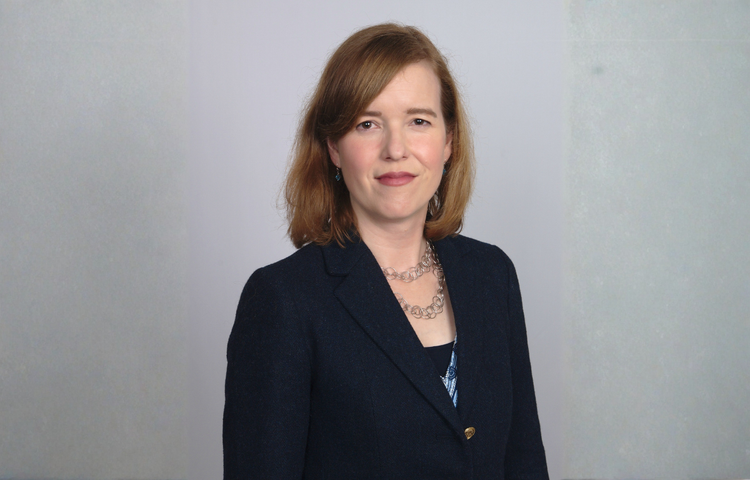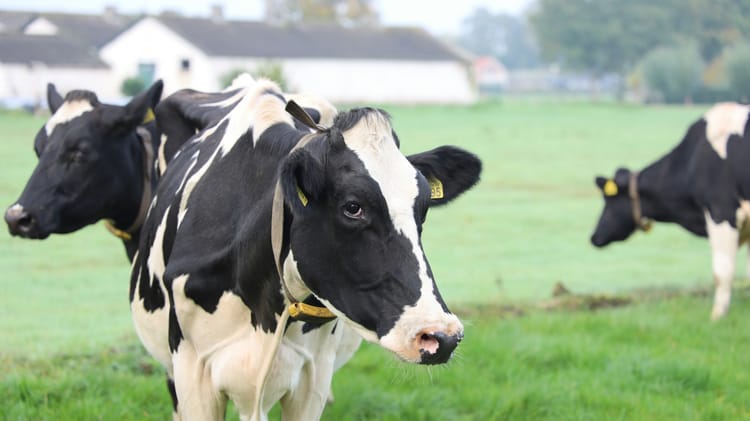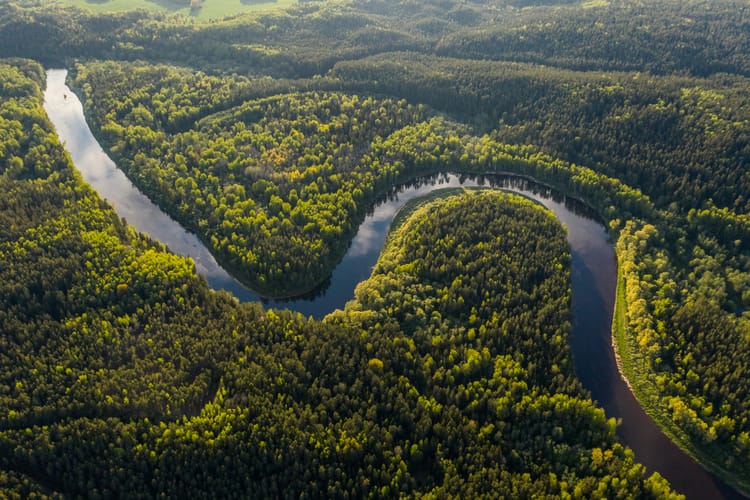Deutsche Bank launches transition finance framework and new targets

Deutsche Bank has announced a new target to provide €900 billion in sustainable and transition finance between 2020 and 2030, as well as a clear framework defining what it considers transition finance.
This cumulative target includes the €440 billion already provided by the bank in the form of sustainable finance and ESG investments from January 2020 to the end of Q3 2025 (towards its previous goal of €500 billion by 2025). This means that Deutsche Bank plans to allocate an extra €460 billion to sustainable initiatives in the next five years.
While the target encompasses both sustainable finance and transition finance, Deutsche Bank now uses two separate definitions. In its framework, sustainable finance refers to the financing of “pure-play ecological or socially sustainable activities or companies”, such renewables or green hydrogen. This segment will be led by Esra Turk, who was appointed Global Head of Sustainable Finance – a newly created role – in July 2025.
Meanwhile, transition finance focuses on supporting hard-to-abate sectors in their decarbonisation, for example by providing a loan to retrofit a gas-fired power plant for hydrogen co-firing, or financing the production of ‘turquoise hydrogen’, made using natural gas but where carbon is captured in solid form. Here, Deutsche Bank notes that “no cohesive and all-encompassing definition exists” for transition finance (though the UK’s Transition Finance Council is expected to publish clear guidelines by March 2026).
Three types of transition finance – but only two included in target
The bank’s transition finance framework lays out the three types of activity it considers under this definition:
- Parameter 1 (P1) includes financing activities that directly contribute to or enable the reduction of greenhouse gas (GHG) emissions while avoiding significant carbon lock-in – even though they may not yet be fully aligned with the objectives of the Paris Agreement.
- Parameter 2 (P2) encompasses financial solutions for clients who are transforming their business models following a credible transition plan aligned with the Paris Agreement, “irrespective of whether such financial solutions include a dedicated use-of-proceeds or a sustainability-linked feature”.
- Parameter 3 (P3) includes financial solutions that incentivise clients to achieve ambitious, predetermined sustainability performance targets – also known as sustainability-linked financing.
However, Deutsche Bank notes that only P1 and P3 transactions (ie., financing that has a direct sustainability component) will count toward the bank’s €900 billion sustainable finance and transition finance target.
Read also: Sustainable finance under scrutiny amid Barclays controversy
‘A fundamental shift’
Jörg Eigendorf, Deutsche Bank’s Chief Sustainability Officer, said the new target means “a fundamental shift into a new era”, by including its transition finance offering.
“With the publication of our Transition Finance Framework, we can mobilise capital at scale for technologies that cut emissions and strengthen the resilience of our clients according to clear and transparent criteria. It will help deepen our client relationships by supporting them in enhancing their transition maturity,” he added.
Deutsche Bank has also introduced a new ambition to facilitate 300 transactions that protect and promote biodiversity as well as ecosystem conservation and restoration in alignment with the UN Sustainable Development Goals, by the end of 2027. This reflects a growing focus on nature as part of sustainability strategy within the corporate and financial world.
In fact, the bank also announced this month, ahead of COP30 in Brazil, a new partnership with Honduras, Suriname, Bayer AG, Siemens AG, Symrise AG and the Coalition for Rainforest Nations to work on a new asset class for rainforest protection.







Member discussion